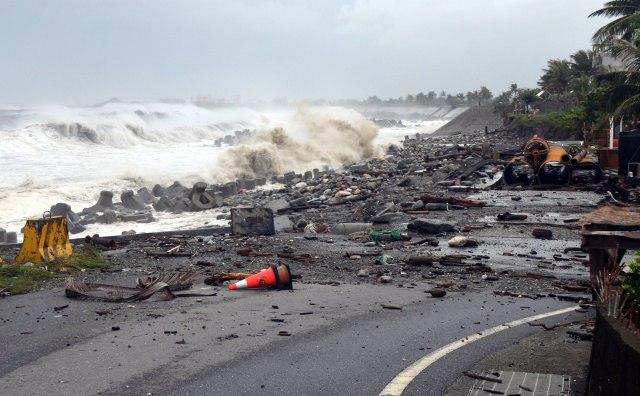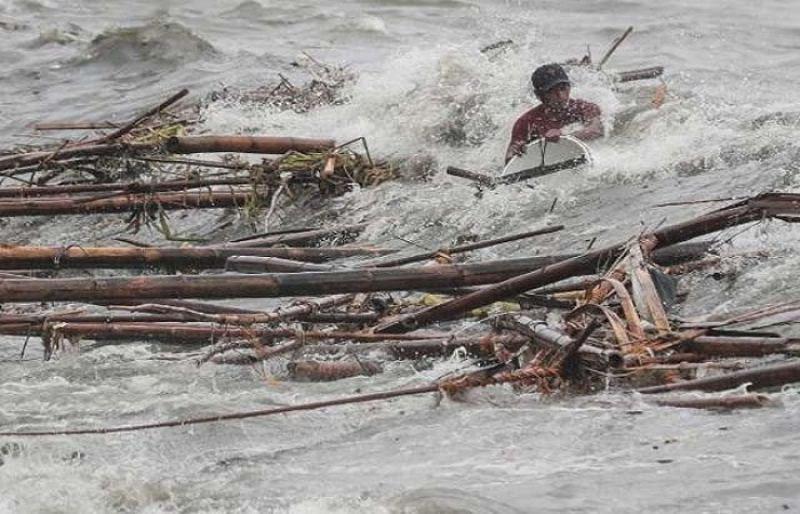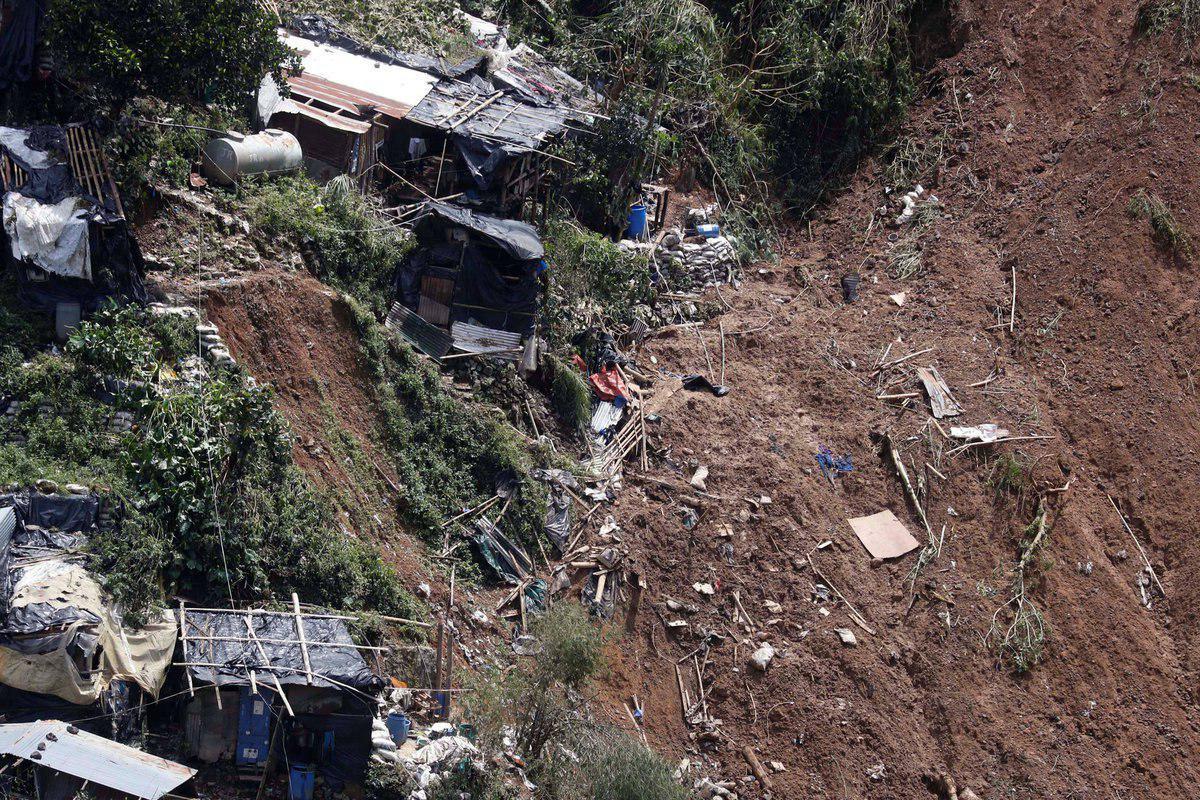MANILA, Sept. 17 (Xinhua) -- The death toll from super typhoon Mangkhut has climbed to 65 in the Philippines, police said on Monday.
The Philippine National Police (PNP) said 54 of the fatalities were from the Cordillera Administrative Region (CAR) in Luzon island.
The other casualties were also from the northern Philippines according to the PNP. Seven people were killed in Cagayan Valley, two in central Luzon, one in Ilocos region and one in Metro Manila.
The PNP added 43 others are missing while 64 people were wounded.
Presidential adviser Francis Tolentino, who was appointed by President Rodrigo Duterte for preparation and response efforts of typhoon Mangkhut, said among the 54 victims from the CAR, most died in landslides triggered by the powerful typhoon.
CAR, one of the worst-hit areas, is the only land-locked region of the Philippines. It consists of the provinces of Abra, Apayao, Benguet, Ifugao, Kalinga, Mountain Province and Apayao. The regional center is Baguio City.
Tolentino said 42 people are still missing in the CAR. Five of these missing people are from Baguio, 36 in Itogon town and one in Benguet province.
Tolentino said search and rescue operation continued to find the missing people especially in Itogon town where people, mostly miners and their families, are still feared trapped after a landslide in the remote village of Ucab.
Mangkhut, which made landfall at 1:40 a.m. local time on Saturday in the northern Philippines, already exited this Southeast Asian country on Saturday night. However, the strongest typhoon in the region so far this year left a trail of destruction across the Philippines's main Luzon island.
The Philippine National Disaster Risk Reduction and Management Council said nearly 220,000 residents were still being served inside and outside evacuation centers provided by local governments until Monday morning.
The government declared a total of seven provinces and cities under a state of calamity due to the typhoon.
Mangkhut is the 15th typhoon to slam the Philippines so far this year. Typhoons hit the Philippines around 19 times a year, bringing strong winds and heavy rains, resulting in flooding, great damage to crops, houses and building, and deaths.
In 2013, super typhoon Haiyan devastated the central Philippines, killing more than 6,000 people. In 2009, typhoon Ketsana also caused massive flooding in Metro Manila, killing more than 700.



